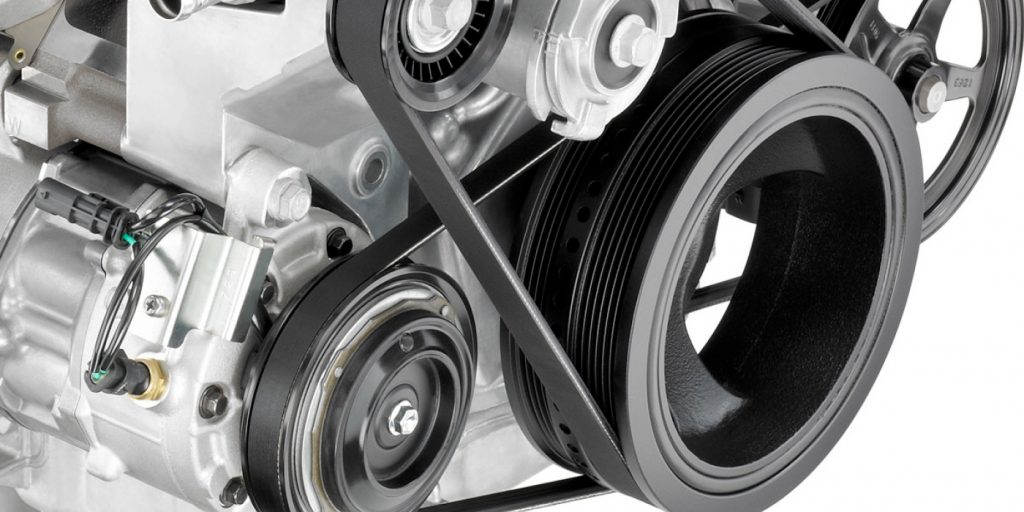Engine pulleys and motor pulleys are both types of pulleys, but they serve different functions and are designed for different types of machinery.
What are the characteristics of the motor pulley?
The characteristics of a motor pulley can vary depending on its material, design, and application. Here are some general characteristics of motor pulleys:
- Material: Motor pulleys can be made from a variety of materials such as cast iron, aluminum, steel, and plastic.
- Design: The design of a motor pulley can also vary. Some have a flat or smooth surface, while others may have grooves or teeth to better grip the belt.
- Size: The size of a motor pulley can affect the speed and torque of the motor. A larger pulley will result in slower motor speeds but higher torque, while a smaller pulley will result in faster speeds but lower torque.
- Application: Motor pulleys are used to transfer power from the motor to another component such as a fan, pump, or conveyor belt. The specific application will determine the size, material, and design of the pulley.
- Maintenance: Like any mechanical component, motor pulleys require maintenance to ensure proper function and longevity. This may include regular cleaning, lubrication, and inspection for wear or damage.
Overall, motor pulleys play an important role in transferring power from the motor to other components in a variety of applications. The characteristics of the pulley will depend on its specific application and the materials and design used in its construction.
What are the characteristics of the generator pulley?
The characteristics of a generator pulley may vary depending on the specific application and design. However, some general characteristics of a generator pulley include:
- Material: Generator pulleys are typically made of durable materials such as steel or aluminum to withstand the stresses of high-speed rotation.
- Size and shape: The size and shape of the generator pulley are designed to match the specifications of the generator and its drive system.
- Grooves: Generator pulleys typically have grooves or ridges that match the design of the drive belt to ensure proper grip and minimize slippage.
- Cooling: Some generator pulleys have cooling fins or other features to dissipate heat generated during operation and prevent overheating.
- Mounting: Generator pulleys are mounted securely to the generator shaft to ensure proper alignment and prevent wobbling or other movement that could cause damage or wear.
Overall, the main function of a generator pulley is to transfer power from the engine to the generator by means of the drive belt. The specific characteristics of the pulley are designed to ensure efficient and reliable operation under a range of conditions.
What are the differences between the motor pulley and the generator pulley ?
The motor pulley and generator pulley have some similarities and differences:
Similarities:
- Both are used to transfer mechanical power from the motor/generator to the equipment being driven.
- Both use belts to transmit power.
Differences:
- The motor pulley is located on the motor shaft and drives the equipment, while the generator pulley is located on the generator shaft and is driven by the motor.
- The motor pulley is usually smaller in size than the generator pulley, since the motor has to operate at a higher speed to generate the required power.
- The generator pulley may have additional features, such as a cooling fan or a pulley for driving an accessory, such as a water pump.
CONTINUE READING
Related Posts
In the world of industrial manufacturing, the efficiency and reliability of transmission systems are critical to the success of any […]
In industrial settings, a smooth and quiet power transmission system is crucial for productivity, safety, and worker comfort. V Belt […]
Splines play a critical role in mechanical power transmission systems, enabling rotational motion and torque transfer between mating components. These […]





